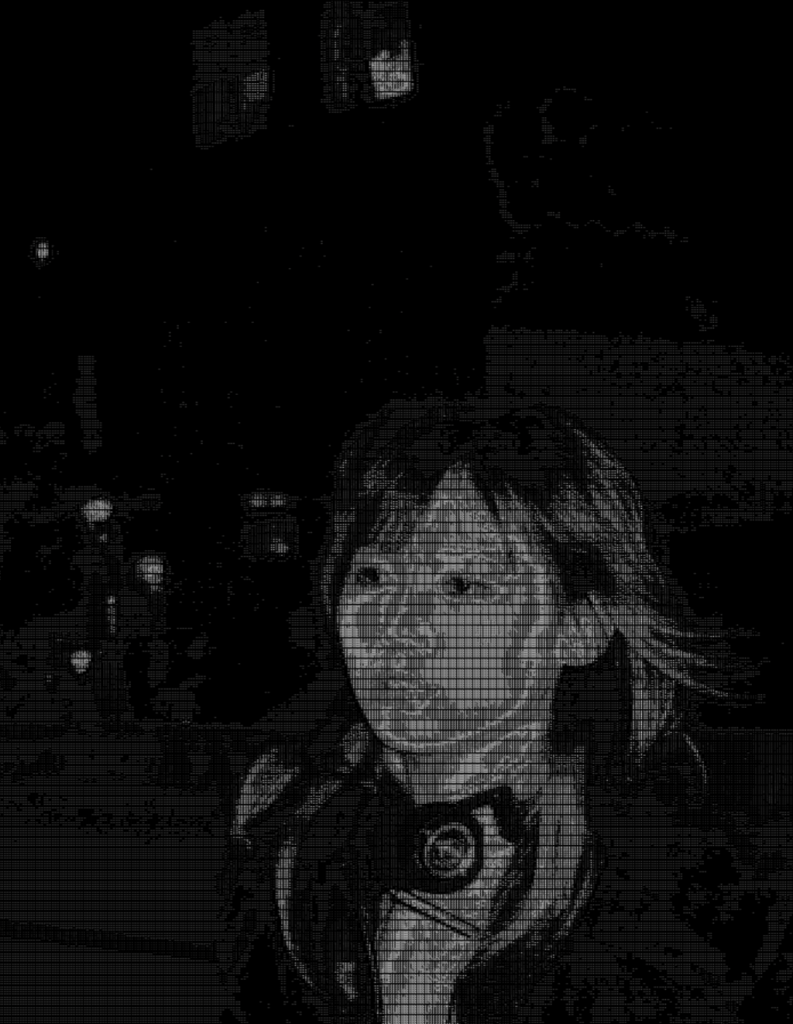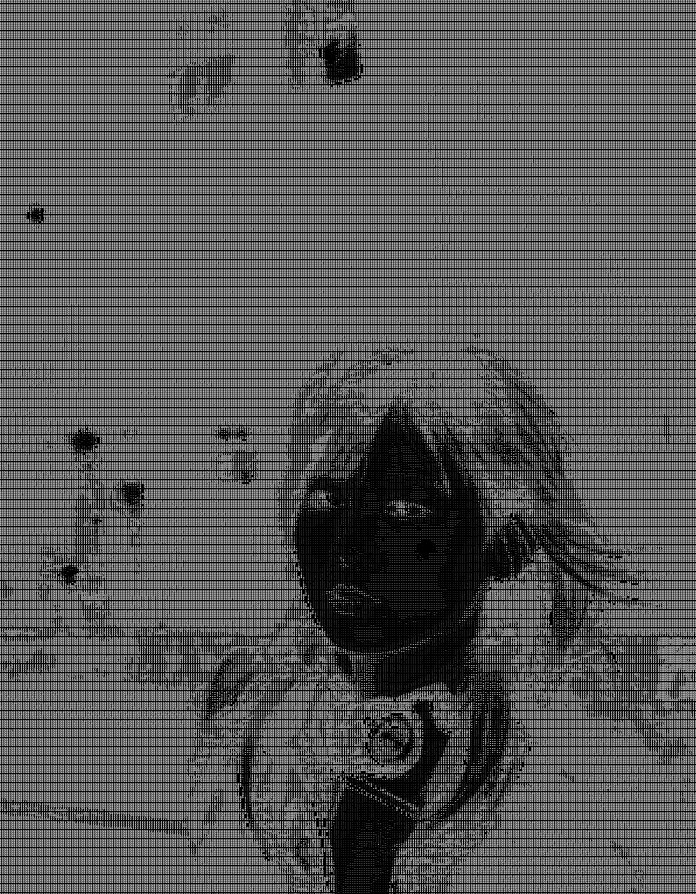In “How Artists Can Bridge the Digital Divide and Reimagine Humanity,” Chavez addresses the importance of the role that new media artists play in closing the “digital divide” – that is, equipping people around the world with the necessary knowledge as well as skills to move from simply being consumers of digital media and content to being producers of it. As outlined by Chavez, the steps to achieve this goal are as follows:
Closing the initial gap of access to digital technologies;
Harnessing wonder through creating fun, engaging projects that facilitate interest in participating in a new, digital society;
Creating shareable digital resources, otherwise known as public goods;
Addressing the STEMarts Model.
As it currently stands, an elite minority – those with proper access to new media technologies and the necessary skills to manipulate them – are responsible for creating the vast majority of new digital media content online. In bridging the gap between art and STEM, we expand our understanding of ourselves, our humanity, and our roles in society; as Chavez outlines in her article, by supporting artists who innovate by creating new digital tools and experiences, we encourage diverse communities across the globe to participate in the reimagination of humanity.
![[OLD SEMESTER] 15-104 • Introduction to Computing for Creative Practice](https://courses.ideate.cmu.edu/15-104/f2022/wp-content/uploads/2023/09/stop-banner.png)


